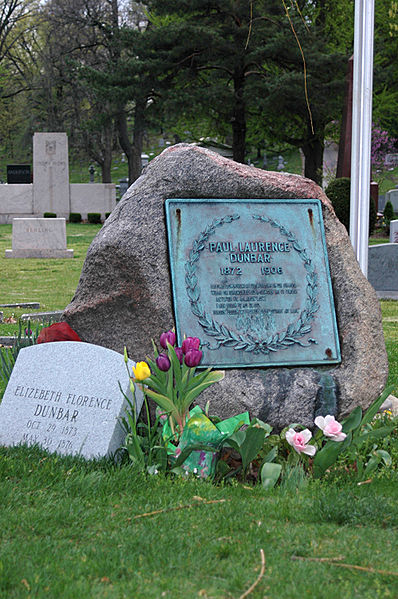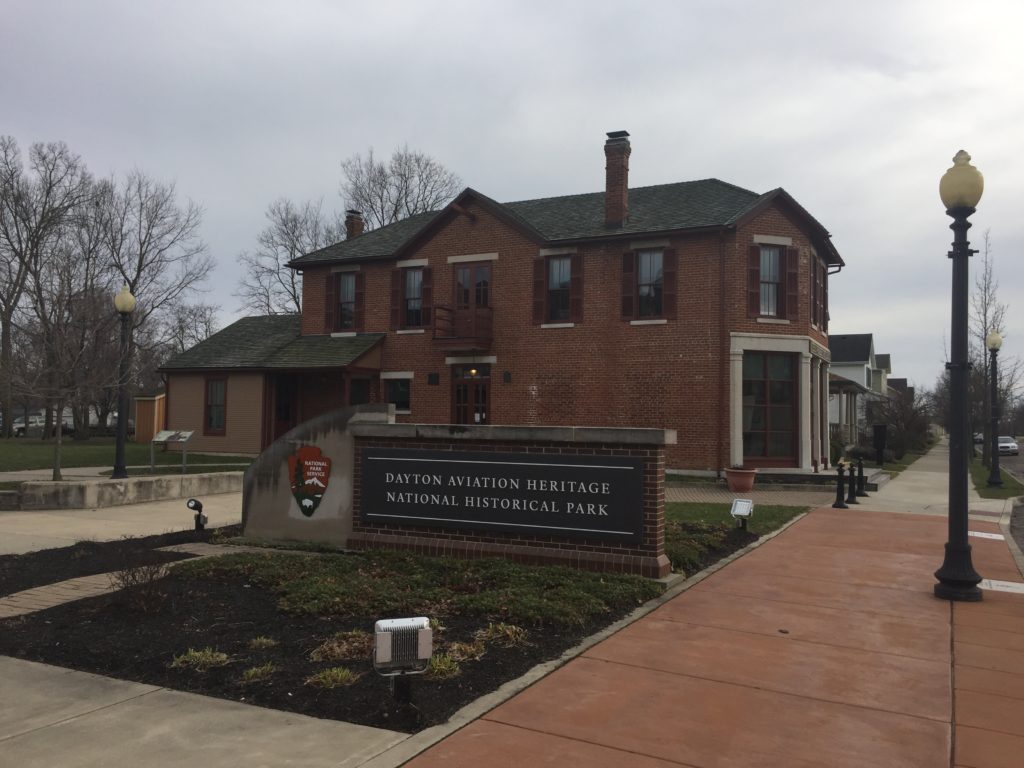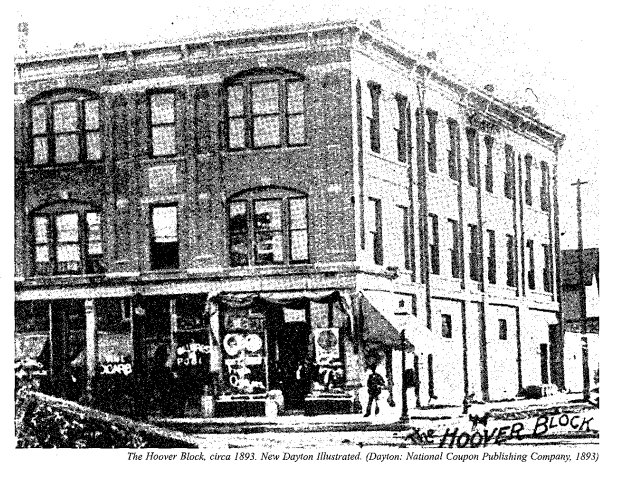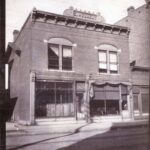
In a previous post, we introduced the Wright-Dunbar Interpretive Center, one of the sites on the Dayton Aviation Heritage National Historic Park.
The original home of the family that gave the neighborhood half of its name, the Wrights, is long gone, having been moved to Greenfield Village in Michigan by Henry Ford. But you’ll still find the Dunbar home just a few blocks away in the same West Dayton neighborhood.
 Paul Laurence Dunbar, the highly-acclaimed poet and writer, was born in Dayton on June 27, 1872 but actually only lived in this home for two years at the end of his life.
Paul Laurence Dunbar, the highly-acclaimed poet and writer, was born in Dayton on June 27, 1872 but actually only lived in this home for two years at the end of his life.
He bought the house in 1904 for his mother Matilda after Paul had been diagnosed with tuberculosis. She took care of him until he passed away on February 9, 1906 at the young age of 33.
Despite his short life Dunbar was prolific in his writing, having produced over 400 poems, 6 novels, and numerous short stories, plays, and song lyrics. He is well-known for his dialect work and his use of conversational style in his writing.
His poetry made him the first African-American to gain international recognition, and Dunbar has been an inspiration for later writers ranging from Langston Hughes and Zora Neale Hurston to Maya Angelou and Toni Morrison.
Although the Wright-Dunbar Interpretive Center aviation museum at the corner of West Third and Williams Streets only came about in 1992 (the re-discovery of the fourth Wright Cycle shop at 22 S Williams St in the 1980s set things in motion), the Dunbar home had already become a museum decades earlier.
After Matilda Dunbar’s passing in 1934, the house was acquired by the Ohio State Archaeological and Historical Society (a precursor to today’s Ohio Historical Society).
It opened as a museum on June 27, 1938, on what would have been Paul Laurence Dunbar’s 66th birthday. The Dunbar home was the first state memorial established to honor an African-American.
The house was originally constructed in 1894, at what was then 219 N. Summit Street (since then it has been renamed Paul Laurence Dunbar Street.)
Visiting the Paul Laurence Dunbar House
The house has been maintained largely as it appeared when Paul Dunbar passed away. Guests can tour his bedroom and study on the second floor complete with his book collection and desk. The dining room and parlor downstairs are filled with the Dunbars’ furnishings.
Admission to the historic Dunbar house is free and visitor hours are Friday through Sunday. Guided tours take place throughout the day, and the visitor center entrance on Edison Street plays a movie on Dunbar and showcases additional artifacts and exhibits. For more information on visiting please see the National Park Service website.
In addition to tours of the home, the Dunbar Literary Circle, a collaboration between the National Park Service and ASALH (the Association for the Study of African American Life and History), also meets on a monthly basis.

Sources: NPS.gov
Photo credit Chris Light




Leave a Reply